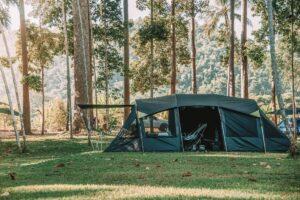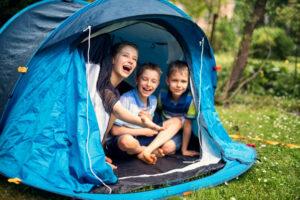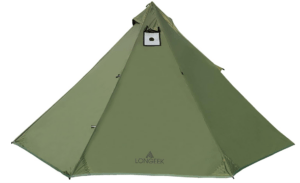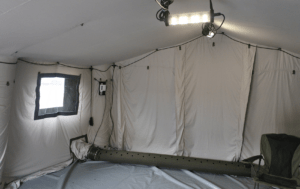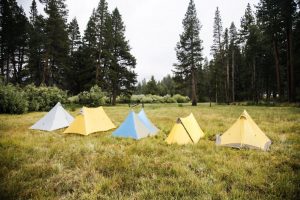Sierra Designs Tents expert reviews and user experience
Table of Contents
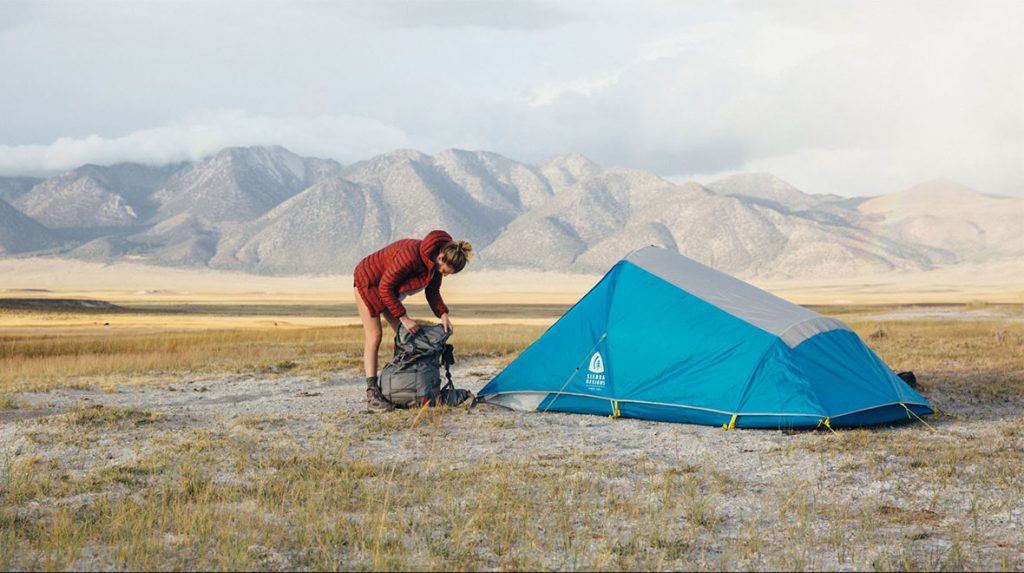
Sierra Designs is one of the oldest and most famous outdoor brands in the US. What’s more, either directly or indirectly, Sierra Designs has had a huge impact on the entire global outdoor gear industry.
- Sierra Designs was founded in 1965 by Bob Swanson, one of the most famous and influential tent designers in the United States. Together with his partner George Marks, he quickly created several concepts for tents, backpacks, down sleeping bags and jackets, which many American outdoor brands would then be guided by. By the way, the first sleeping bags under the brand name The North Face were sewn in Sierra Designs.
- After leaving Sierra Designs, Bob Swanson founded the Walrus company, which produced tents and awnings of the original design. The design of many of them will be breakthrough. For example, Swanson came up with the idea to use hubs in tent frames, without which we would not see many modern models – from MSR Hubba Hubba and Big Agnes Copper Spur to Ferrino Chaos and BASK Pinnate.
- In the late 1990s, the Walrus brand was bought out by Cascade Designs, and its lineup became the basis of the original MSR tent range.
- Already as a freelancer, Bob Swanson will work with MSR for some time, and then will take an active part in the development of many models of tents for the small and unknown Big Agnes brand in the early 2000s. But without it today it is difficult to imagine the market for light-moving equipment.
- After the departure of Swanson and Marks, Sierra Designs was headed by a native of The North Face – Jack Gilbert. A little later, he founded another world famous outdoor brand – Mountain Hardwear.
Sierra Designs opened their own production three years before The North Face, and for a long time these companies were the main competitors. In some ways, Sierra Designs was even ahead of the future global giant, and, above all, the company was distinguished by very bright innovative concepts. Her team created the first mass-produced down double sleeping bag, the first tent in the United States, the frame of which combined straight and curved posts, and the first to use plastic clips for arches in their tents, which accelerated the assembly process.
The hallmark of Sierra Designs tents is a bright combination of blue and yellow, which came into use of the brand in the first half of the 1990s. In the US, this colorway is as recognizable as the black and yellow range of The North Face tents from the Summit Series.
Sierra Designs High Side 1 Tent
The High Side 1 tent is a great example of an out-of-the-box design approach. In appearance, this is an ordinary “half-barrel” with a side entrance, but it’s worth taking a closer look, as you will understand what makes it different from the others. The frame of the tent has a unique geometry: its arcs are curved so that from the side of the entrance they fall at a steeper angle and form an almost vertical wall. As a result, one side of the tent is higher than the other.
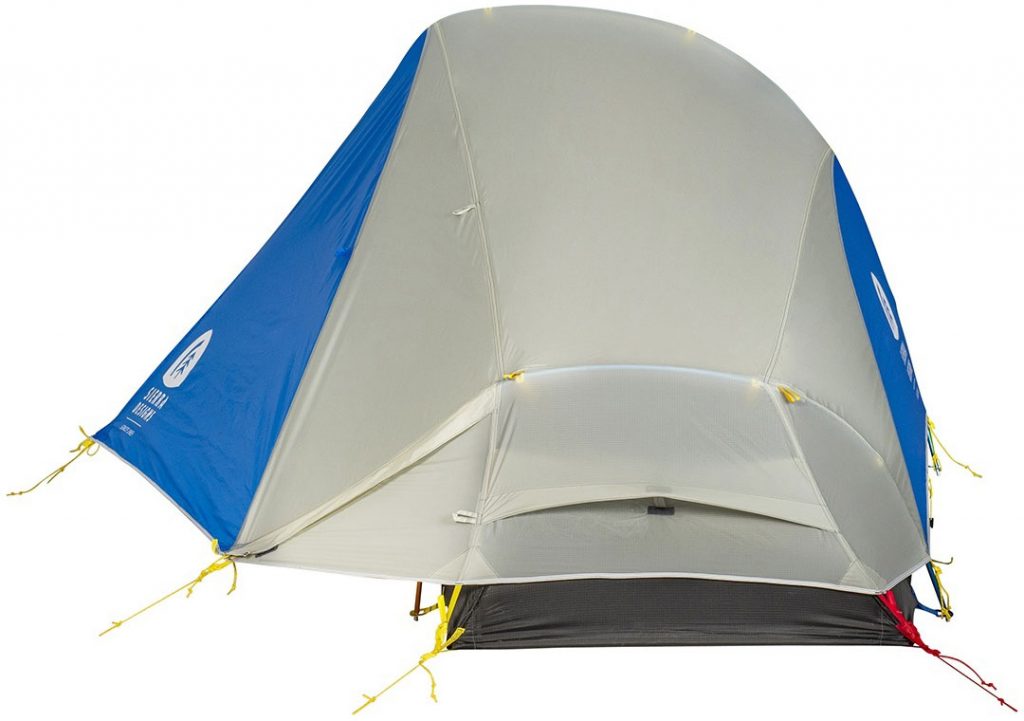
This provides several advantages:
- There are fewer segments in the arcs, which reduced the weight of the tent.
- The segments themselves are shorter than those of analogues. This made it possible to make the High Side very compact: the tent can easily fit even between the horns of a bicycle handlebar or go horizontally into a small backpack. In terms of package size, High Side is almost as good as much more expensive competitors: Terra Nova Laser Pulse 1 or Big Agnes Fly Creek 1 Bikepacking.
- The tent is higher where necessary – from the side of the entrance at the head. This made it possible to maintain an acceptable living volume without adding weight to it. The High Side isn’t spacious, but it isn’t frankly cramped either. A person up to 175 cm tall can easily change clothes inside while sitting, without feeling any significant inconvenience. Very worthy, considering that the total weight of the tent is just over 1 kg.
- Due to the height difference between the sides of the tent, the stretched awning forms rather steep slopes, on which water and wet snow do not linger.
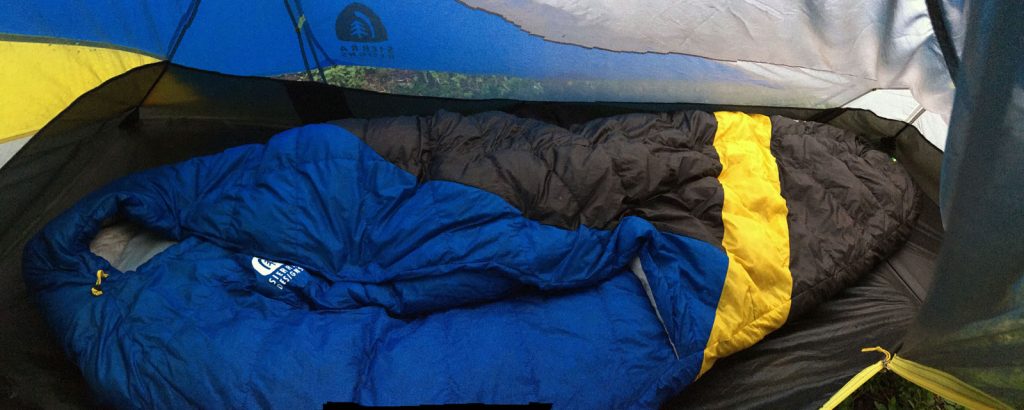
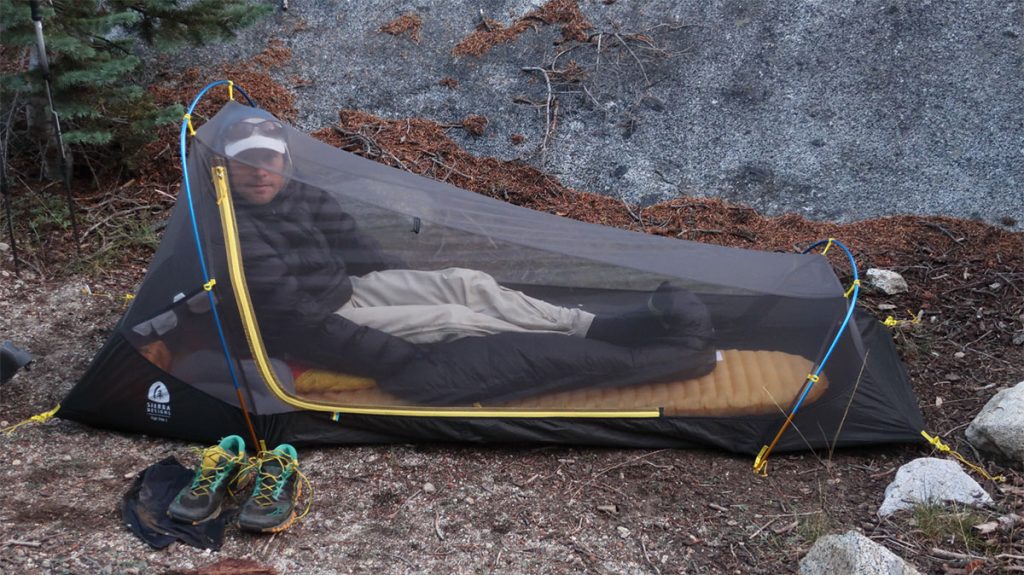
The vestibule deserves special mention. Usually in ultralight tents it is sacrificed for the sake of weight reduction, and almost nothing fits inside it or it is impossible to cook. In High Side 1, the developers have kept a fairly roomy vestibule – there is enough space for a pair of shoes and a backpack of 40-50 liters. This still leaves room to install an integrated system or a compact burner and pot. Cooking on them will be difficult, but possible if you use the utmost care.
When you want to enjoy the views, the awning on the entrance side can be unzipped and completely rolled up. For this, two lightning bolts are provided at once – one for each arc. The canopy can also be folded down and stretched out on trekking poles, bicycles or branches. Get a wide visor that protects from rain and sun. Under it you can cook or use it for additional ventilation.
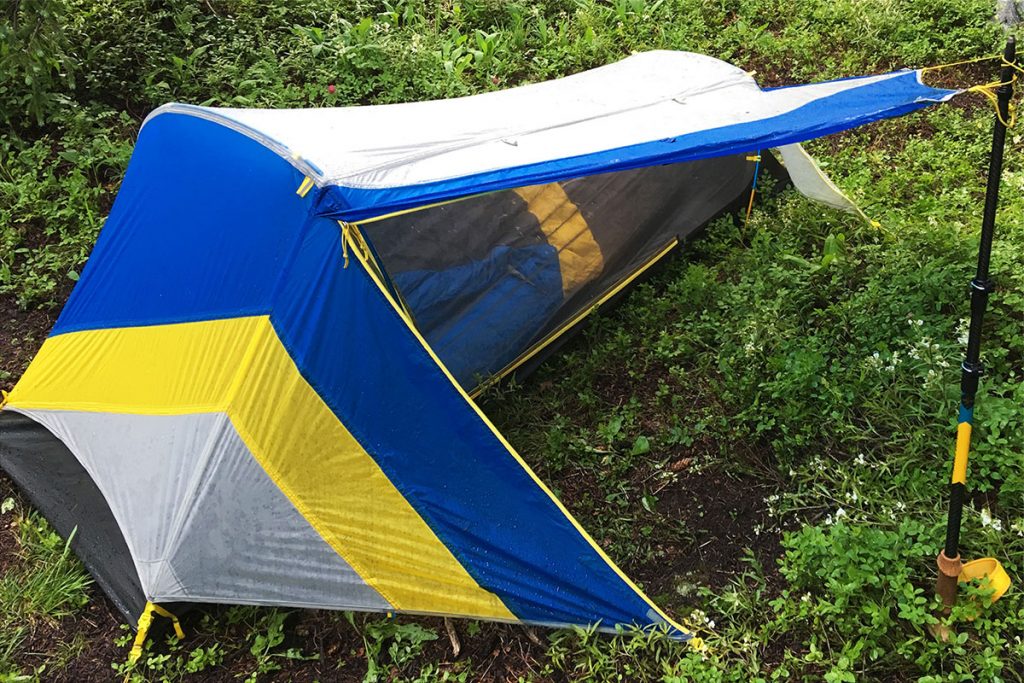
The tent has been on sale since 2018 and, judging by the first High Side reviews, it is well ventilated. There is a sufficient gap between the inner tent and the awning, there are ventilation windows in the legs and headboard – all for normal air circulation and reducing the amount of condensate.
You should not expect excellent weather protection from an ultra-light tent, but thanks to the half-sided design and low profile, the High Side resists the wind quite well. Especially if you hide it behind the “folds” of the terrain or natural shelters and stretch it well. Fortunately, there are plenty of guys and pegs, and the tent requires a minimum of space for installation.
Finally, another significant plus of High Side 1 is its price. The tent is significantly cheaper than its closest competitors, such as Big Agnes Fly Creek 1 or MSR Hubba NX Solo.
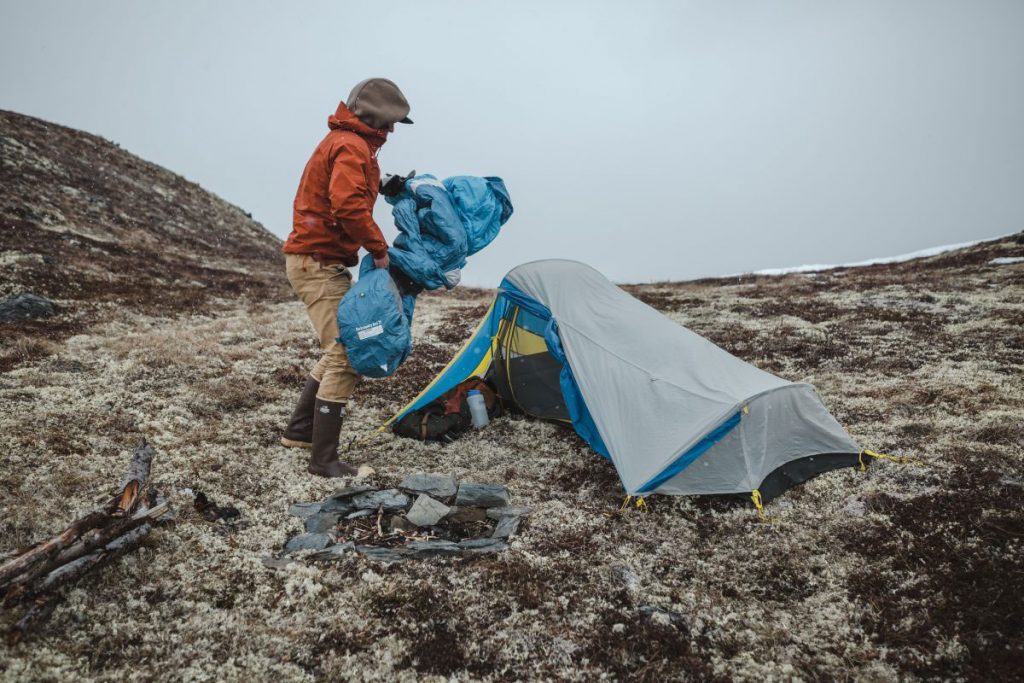
The Sierra Designs High Side 1 is a great tent for bikepackers due to its compact package and light backpackers due to its light weight, ease of setup and relatively comfortable living space.
Sierra Designs Sweet Suite Tents
Apparently, Sierra Designs Sweet Suite was created as a competitor to the MSR Hubba Hubba and Big Agnes Copper Spur HV UL series. It can be seen that the developers have tried to find a balance between a large living volume, weight and price.
The Sweet Suite is slightly cheaper than its key competitors, while being roomier and lighter than the Hubba Hubba and similar in living space to the Copper Spur HV UL, but made from more durable fabrics.
The Sweet Suite tents turned out to be really very spacious – even people with a height above average (185-190 cm) are comfortable to sit inside them, and there is plenty of margin in width. The bottom narrows towards the feet, but only slightly. Therefore, in both the 2- and 3-seater versions, albeit back to back, there is enough space for one more tourist. Then you can forget about the space, but what will be the weight savings in terms of one!
The tent owes its spaciousness to an asymmetric frame of two arches: a Y-shaped hub and a cantilevered “yoke” that forms two vestibules. At the head of the main stand rests at one end. Here, the arch is noticeably curved and forms an almost sheer wall, which, combined with a height of 104 cm, provides plenty of room for the head and shoulders. At the same time, you can sleep with your feet to the head – the margin of width and steepness of the walls on the opposite side is enough.
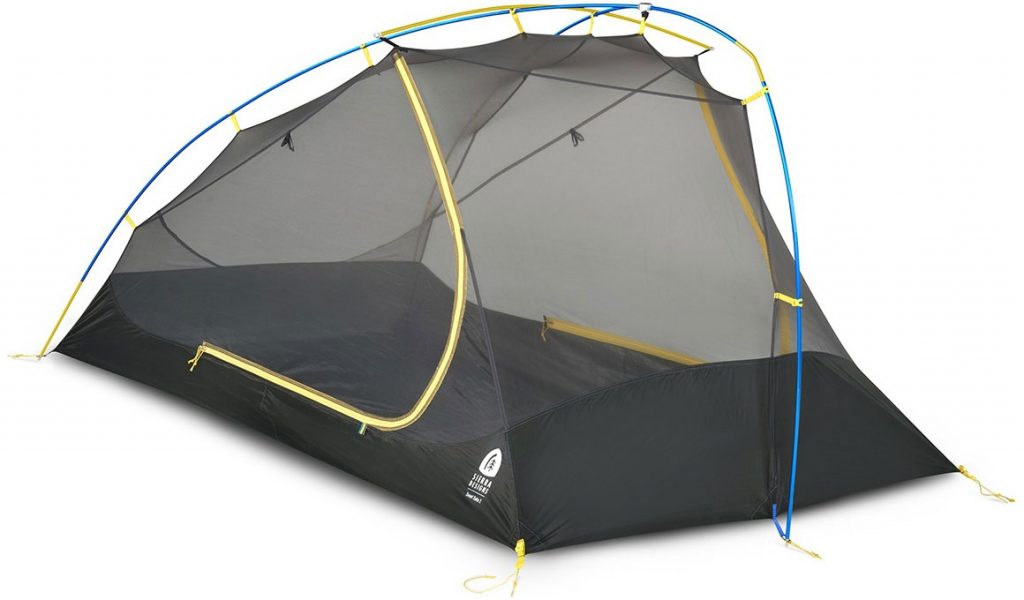
Even the cantilever arc is slightly curved in advance and is located in the frame so that the side walls of the tent are also close to vertical. This increases the interior space and makes the entrances more convenient: it is easier to get equipment out of the tent, put a rug and a sleeping bag inside.
Despite its unusual shape and hub arc, the frame of the Sweet Suite tents turned out to be quite rigid and, according to the first tests, it holds wind loads well. All thanks to its streamlined shape. Ideally, position the tent with the headboard towards the wind and stretch it to all the guy wires – then its stability will be maximum. The asymmetry of the frame does not create problems during installation. Even for beginners, the tent is very easy to assemble thanks to clear color coding.
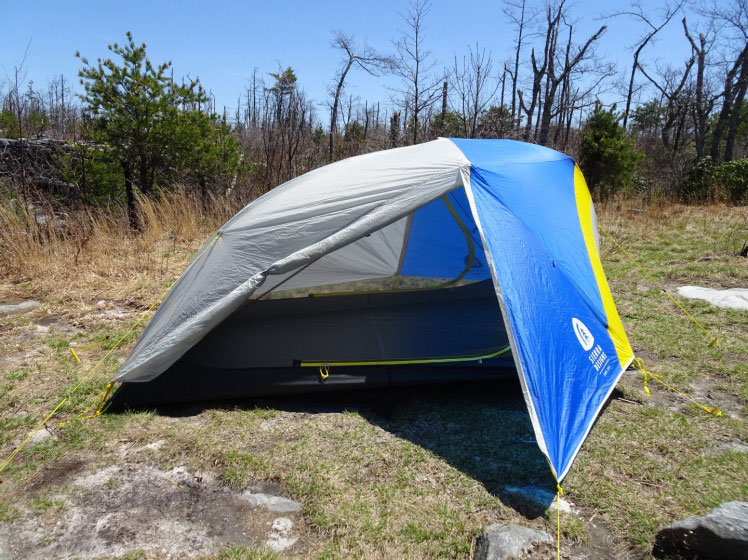
The original Sweet Suite option is that the awning of the tents can be rolled up and fixed on either side. On warm nights without precipitation, this provides additional ventilation and the opportunity to watch the starry sky before going to bed. This option is especially useful in trekking areas with a hot climate, where it can be stuffy at night.
Sweet Suite is well ventilated: the entire inner tent is made of mesh, and the awning is cut high enough to ensure constant air circulation.
In cold weather, this can become a problem, but in summer conditions it plays into the hands – there will be no stuffiness and abundant condensation inside. Rain protection is also on the level – the materials cope with many hours of downpours. And where the awning is cut, the height of the bottom is increased to protect against slanting rain and splashing water.
To summarize, we have a worthy alternative to MSR Hubba Hubba and its analogues. The Sweet Suite perfectly balances weight and living space, especially for tourists with above average height.
Summing up all the design features, we can say that the Sweet Suite is an excellent choice for a variety of hikes in the warm season and at heights in the forest zone.
Sierra Designs Convert tents
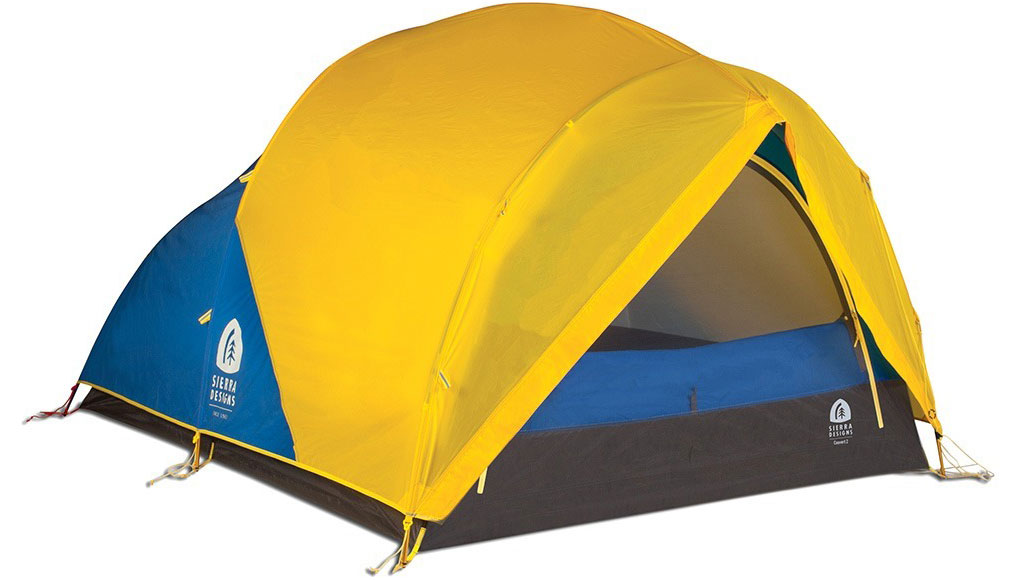
The Convert series is another example of an original concept. This time we have a very light, versatile 4-season tent with a removable vestibule, which is suitable for ski touring, ski and mountain trips, as well as simple climbs in alpine style to altitudes of up to 5000 meters. Sierra Designs took their eponymous single-layer climbing models as the basis for their creation. The result is an interesting symbiosis of details from extreme and light tourist tents.
Sierra Designs Convert is based on a reliable and time-tested frame, which is a modernized “half-bar”: a longitudinal cantilever rack is added to the three transverse arches. Thanks to it, the frame acquires additional rigidity and its installation becomes much easier. At the same time, the main advantage of the “half-barrel” is preserved: maximum living volume with low weight.
Inside the 4-season tents there is more than enough space for changing clothes and comfortable days in inclement weather, but their gross weight is 2.6 / 3.3 kg – on the level of budget 3-season models. In this regard, the Convert series is practically unrivaled, and only the MSR Remote can compete with them, but the latter are tighter and heavier.
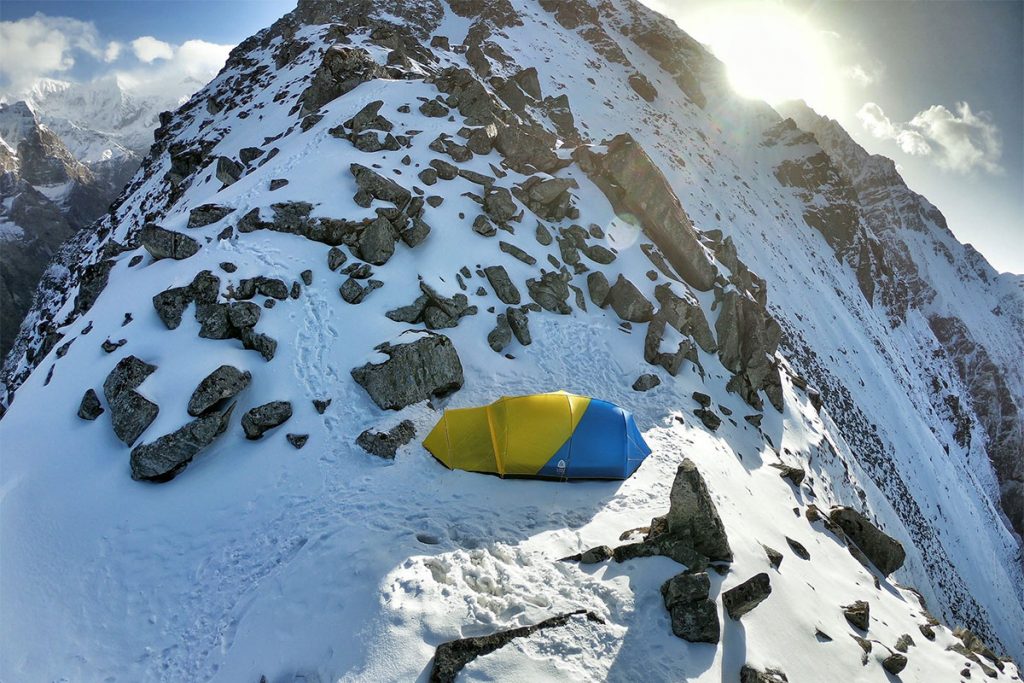
The frame of the tents is simple and clear during assembly, and also withstands impressive wind loads – 20-25 m / s, depending on the direction of the air flow. Initial tests were carried out in a wind tunnel, and later on numerous expeditions around the world.
The removable tambour also moved from climbing models, which allows you to use the tent in several combinations at once:
- Full build – any trips where you need to carry a lot of equipment or expect inclement weather and the days associated with it. Usually these are hikes in the winter and in the off-season, but in the mountains you can encounter such conditions in the summer. The tambour is installed on a separate arc and is quite roomy – there is enough space inside for cooking and backpacks.
- With an unfastened vestibule – hiking in predictable and mostly good weather conditions, when there is no need to take a lot of bulky equipment and cook in the vestibule.
- Only the inner sleeping canopy – if a warm night without precipitation is expected. This format provides maximum ventilation, eliminates stuffiness and morning condensation on the tent.
Even with the vestibule removed, the tents remain well protected from the weather – the blue end walls on the sleeping canopies are made of waterproof fabric and are additionally protected by wide awning visors. The risk of their leakage is minimal: only lightning is the weak link, but in order for water to penetrate through them, an oblique downpour with a hurricane wind is needed. The 3-seater version of the Convert is even better protected – on one side it has a small non-removable vestibule.
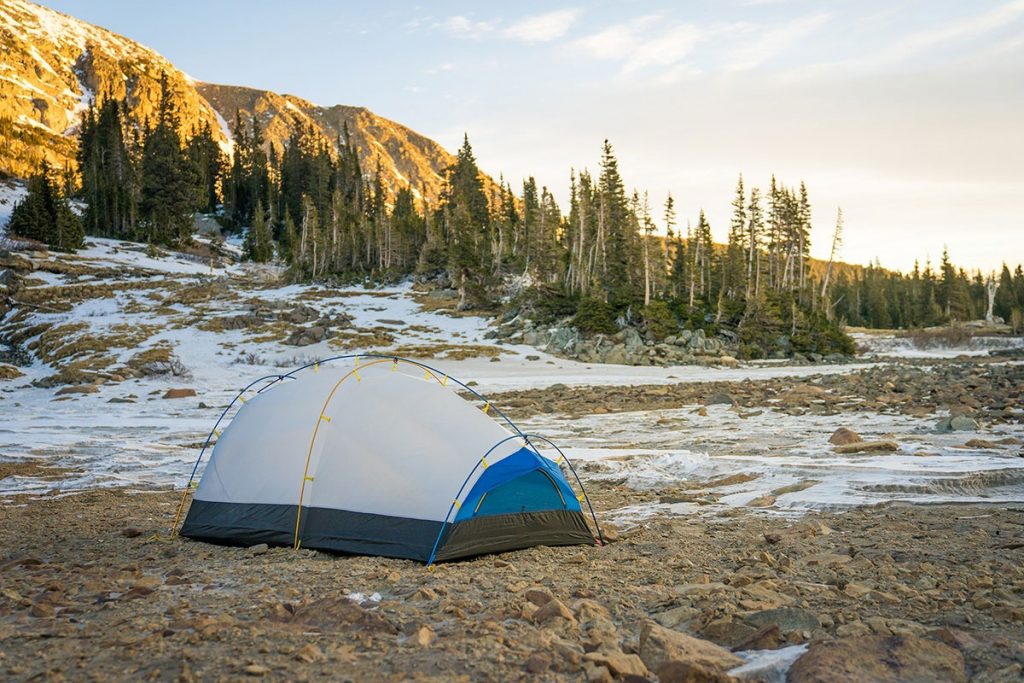
Ventilation is organized concisely, but effectively: the ventilation windows are located opposite each other at the ends and form a continuous air flow, sufficient to get rid of stuffiness or serious humidity inside the tent.
The edge of the awning on Convert tents is located relatively high, and the skirt is only on a removable vestibule, which somewhat limits their use in winter. For snowstorms and especially low temperatures, classic 4-season models like Hilleberg Nammatj / Keron or Ferrino Snowbound are better suited. But they will also weigh much more.
Sierra Designs Flex Capacitor Backpack
If you analyze magazine publications and lists of the best equipment on Internet resources over the past 30 years, it is easy to see that Sierra Designs has distinguished itself in the tourism industry primarily with its tents and sleeping bags.
Even their more than modest collection of clothes, albeit rarely, received the attention of testers and reviewers. But Sierra Designs backpacks did not seem to exist, although they were invariably present in their catalog. They did not receive awards and did not receive the attention of reviewers, despite their solid performance.
Probably, the idea to change this state of affairs has been ripe for a long time, and Sierra Designs has obviously been preparing the release of its Flex Capacitor backpack for a long time. Because as soon as he appeared, he instantly attracted the attention of the American camping community. What did he like with such a sophisticated audience?
There are several reasons, but the main among them was again the emphasis on an unusual design that singled out the backpack among others.
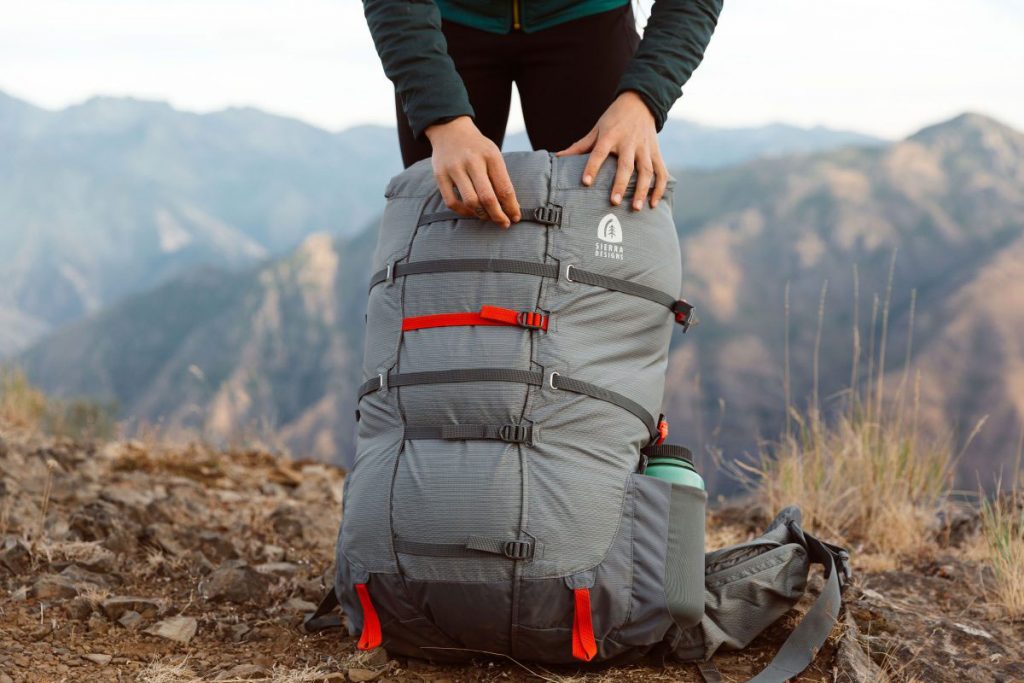
Flex Capacitor can be safely classified as ultra-light. Its weight of 1230 grams is more than worthy for a 60-liter backpack. No wonder, because Andrew Skurka himself, perhaps the most famous American light vehicle, had a hand in its creation. But the weight of the backpack has not been reduced to the detriment of its functionality. Most of the weight is reduced by the laconic design.
The Flex Capacitor has a streamlined shape with a minimum of detail, but all of them are used to the maximum. It does not have a height-adjustable valve, several compartments, an organizer pocket, daisy-chain lines and other little things. But there are 6 conveniently located external pockets, up to five of which can be reached without removing the backpack.
A pair of elastic pockets are located on the sides, a pair of capacious ones are on the belt, another elastic one is provided on the strap of the backpack – especially for a small bottle. And another wide pocket with a zipper is hidden in the valve cover.
It’s made from lightweight yet durable 100D nylon/polyester blend fabric. You don’t have to worry that the material will quickly rub or tear against the branches of a dense shrub. The bottom, subject to wear and tear, is additionally reinforced with 420D nylon, which is a kind of standard for sewing modern travel backpacks. So it’s not scary if you put your backpack on sharp rocks.
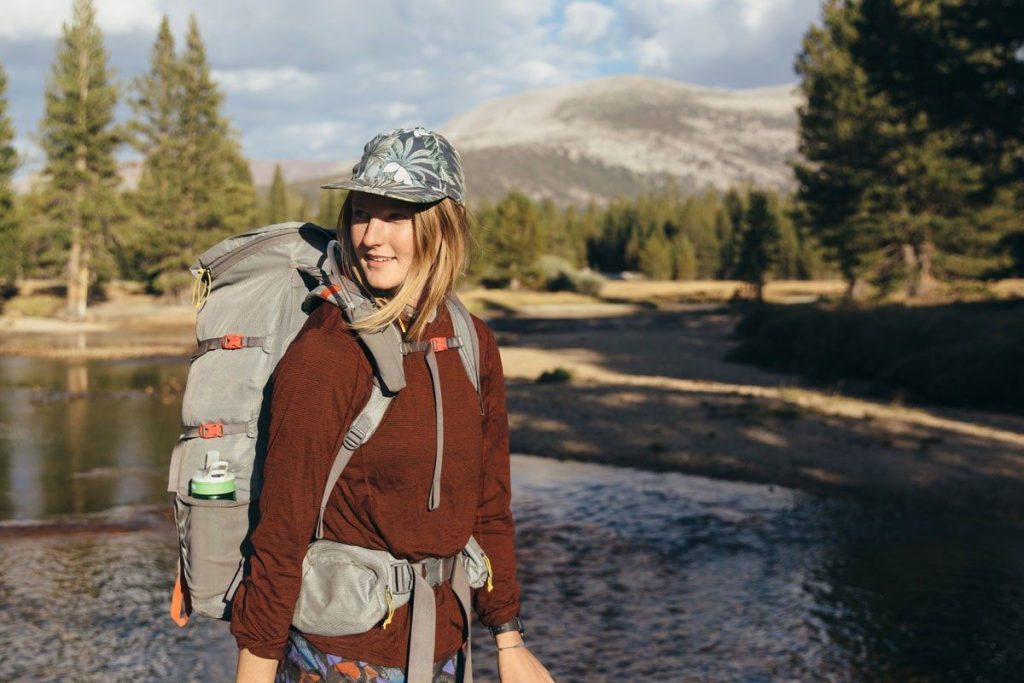
As you can see, the range of Sierra Designs is replete with examples of unusual, original equipment that can compete on equal terms and in many ways surpass the recognized giants of the industry. At the same time, Sierra Designs equipment is in the same price category or even lower. Why not buy equipment “not like everyone else”?
